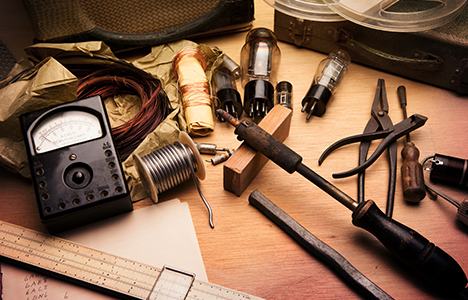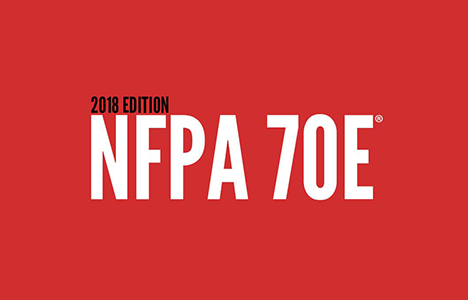Loose electrical connections have a significant impact on energy efficiency. They introduce increased resistance, cause voltage drops, generate excess heat, and reduce the overall performance of electrical systems.
These issues lead to higher operational costs, decreased equipment lifespan, and pose serious safety hazards. Addressing loose electrical connections is a critical step in optimizing energy use and reducing both costs and risks.
Loose electrical connections are a serious safety hazard. The heat generated at these terminations can lead to insulation failure, short circuits, and potentially electrical fires. Ensuring that connections are tight and secure is crucial for preventing such unsafe situations.
Research has shown that energy losses from loose connections have a significant—and expensive—impact on U.S. industry:
- The Electric Power Research Institute (EPRI) found that loose electrical connections can cause energy losses of up to 20% in motors and other equipment.
- The U.S. Department of Energy (DOE) found that correcting poor electrical connections could save U.S. industry $25 billion annually in maintenance and inspection costs.
- The Lawrence Berkeley National Laboratory (LBNL) found that correcting poor electrical connections in commercial buildings alone could save U.S. industry $4 billion annually.
It is clear that rectifying loose electrical connections should be a priority for owners of commercial and industrial buildings. The answer, however, is not as simple as increasing inspection frequency.
The challenge organizations face when attempting to remediate loose connections is that the faults they produce are often intermittent. A visual, thermography infrared inspection, or ultrasound inspection will likely miss an incipient fault like this, which means the energy losses and safety risks can only keep getting worse. If a fault remains undetected, it can result in failure of the equipment, or worse, an electrical fire.
The solution is 24/7 monitoring of all electrical connections to detect faults. Round the clock monitoring will ensure that even intermittent faults are detected, no matter when they happen.
IRISS has developed an award-winning range of products that can monitor electrical connections 24/7, providing a clear visual indication of overtemperature events that are a result of loose connections. Simply apply the clips, labels, or paint to the connection and the heat generated by a loose connection will cause the product to change color, zeroing in on the problem, enabling you to perform the required maintenance on the connection.
Thermo Clips, for example, are purple when installed and when an overtemperature event occurs, they immediately turn pink, a distinctly different color that is easy to notice during an inspection. As with all Safe Connect products, the color change is permanent, so the clip stays pink until it is seen on an inspection, the maintenance is performed, and the clip is replaced.
Installation is a breeze. In the case of Thermo Clips, they can be pushed on to energized cables. Thermo Wraps, Thermo T-Max, and Thermo Spots are self-adhesive labels that stick directly to the equipment being monitored. Our Thermo Paint can be applied like any paint—simply brush it on to the equipment and, once dry, it works in the same way, changing color during an overtemperature event.
The best part of thermochromic products is that they are inexpensive solution. We have a wide range of kits to choose from, each offering fantastic value for the level of protection they provide.
For more information on our thermochromic solutions, or to purchase a kit online, please visit https://iriss.com/safe-connect-thermochromic-solutions/.












